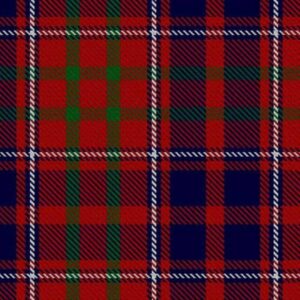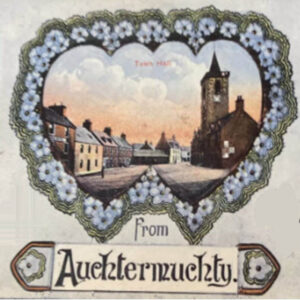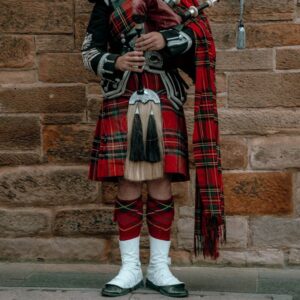What Happened in 1921 According to the Census
Have you looked for an ancestor on the 1921 Census for England and Wales? Are you curious to know what your grandparents or great-grandparents were doing in 1921?
Thanks to Findmypast, you can now travel back in time to one of the most extensive census returns available online. Over 38 million residents in 8.5 million households have been digitised. It costs £3.50 to view an original census or £2.50 to view an index. Alternatively, you can access them for free if you live near the National Archives in Kew, Manchester Central Library or the National Library of Wales in Aberystwyth.
This will probably be the last English and Welsh census you can access online during your lifetime if you are a certain age. This is because the 1931 Census was destroyed by a mysterious fire (oh … the intrigue!) and the 1941 Census did not take place due to the Second World War. This means the next census will be 1951, to be released in 2052. However, the Scottish 1931 census exists which means you will be able to access the records in 2031.
Background to 1921 Census for England and Wales
The 1921 Census is important because of its cultural impact. It was the first census taken after the:
- First World War,
- Women’s suffragettes movement, and
- ‘Spanish’ flu epidemic.
In addition, 1921 was also an eventful year because that year:
- Northern Ireland was created following the Irish War of Independence,
- the coal miners were on strike,
- the British Legion was created, and
- the first amusement park, Wicksteed Park, was opened.
The 1921 Census was scheduled to take place on 24th April. However, it was delayed by the coal miners’ strike. There was concern that moving the date into the summer would affect the data. Consequently, the 19th of June was chosen to avoid the main holidays. Nevertheless, the results did show population increases in some seaside resort. Therefore, some family members may not be where you expect them to be at home because they may be visiting the seaside.
Family History Information in the 1921 census
The 1921 Census for England and Wales contains interesting new family history information because:
- children were asked if their mother or father were deceased,
- marital status included divorce,
- if born outside the United Kingdom, the return mentioned the country, state, province or district,
- employment’s workplace and addresses were included,
- if unemployed, the name of the last employer was noted,
- part time or full time education was also included,
- RAF staff in overseas stations was noted, for the first time,
- Scottish residents were asked if they spoke Gaelic only (for Welsh residents, they were asked if they spoke English or Welsh, or both),
- entitlements to benefits under the National Insurance Acts were also mentioned.
The 1921 Census provides a great opportunity for the family historian to research their ancestor’s occupation in more details. There were some unusual and now extinct occupations such as rat catchers and lamplighters in 1921.
Interesting Facts About the 1921 Census
The First World War had a major impact on the population data. According to contemporary newspapers:
- There were nearly 2 million more women than men.
- A far greater proportion of widows were recorded than in the previous 1911 census.
- 730,000 children were noted with ‘father dead’ compared to 260,000 with ‘mother dead’.
In addition:
- There were 110 centenarians in England and Wales, of whom 70 were women and 30 men.
- The cost of taking the census was £351,334. This sum did not include printing, stationery, maps, cards and hire of machines.
- Nearly 80% of the population were living in urban areas, with half found in cities.
For some, the census was used as a way to protest against the government. For example, one resident, Henry Burrough from Durham, had written “Lloyd George is hereby requested to bring forth that ‘Land fit for heroes…Nation’s duty to provide houses.” Using the census form as a protest is a reminder of today’s social media.
Scotland will release their 1921 Census towards the end of 2022 on the ScotlandsPeople website, so watch this space…
Good luck in tracking down your grandparents or great-grandparents. Contact me if you need help with your research.
You may also like...

Cameron Surname: Origin, Meaning & History
The Cameron surname has Gaelic origins and it is associated with Clan Cameron, one of the most influential Highland clans.

Ancestral Visit to Auchtermuchty, Fife
Auchtermuchty in Fife is known as Muchty to locals. What does Stratheden Whisky, Jimmy Shand and the Proclaimers have in common?

Discover Your Scottish Ancestry: The Rise of Ancestral Tourism
Scotland’s history and breath-taking landscapes continue to attract visitors from around the world searching for their Scottish ancestry. For many, the trip is more than just sightseeing – it is a journey of self-discovery.
